 The Most Ruthless Japanese Doctor Known For His Brutal Tortures: Shiro Ishii
The Most Ruthless Japanese Doctor Known For His Brutal Tortures: Shiro Ishii
War is something that can never be accepted. There's not a good way of dying. But some methods used in wars are worse than others and it makes you wish people hadn't died like that. Before, we shared a listicle about the inhumane act that was done in Nazi concentration camps. In this list, we're going to take a look at one these brutal issues. Here is the dark story of Shiro Ishii that caused massacre using the biological warfare techniques in the Second Chinese-Japanese War and the World War II:
Dr. Ishii was a military doctor in the Japanese Imperial Army.
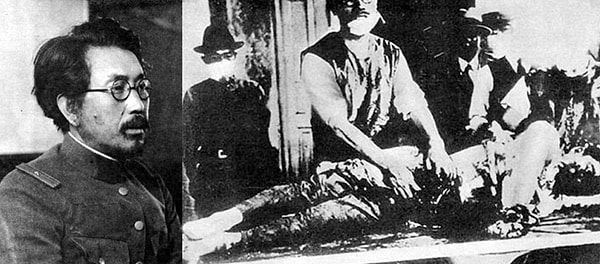
After studying medicine and microbiology at Kyoto University, Ishii started to work in the army, and in 1921, he started to work as an operator and ended up in 1945 as a Chief Doctor. The methods he used in until he ended up in this position are more than inhumane.
Dr. Ishii spent his early career researching the biological and chemical warfare techniques used in World War I.

The doctor who devoted himself to the development of these techniques, along with the research he did, was included in the Biological Warfare Department of the Army in 1932. Ishii's task here was to test the effects of biological warfare techniques on people in a secret prisoner camp.
The camp was closed in 1936 after a few people escaped and spread the word that crimes against humanity were committed there.
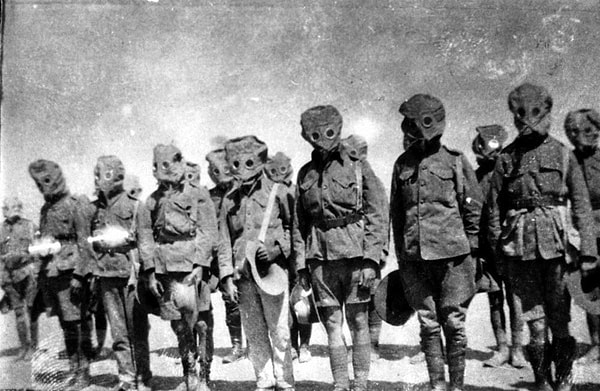
The Japanese Army then set up a new center in Pingfang to continue medical research and brought Ishii to this center. This new state-financed camp had 400 prisoners and it was known by the name Camp 731.
To prevent the closure of the new site, it was named as the "Epidemic Disease Prevention and Water Treatment Center."
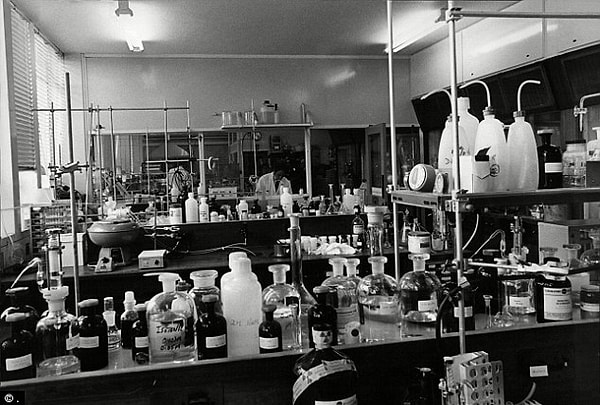
But here, especially during the years 1942-1945, the most brutal experiments that human history could see were carried out. All the work done by Ishii was conducted under the cover of medical research and the effects were recorded.
There weren't only Chinese prisoners in Unit 731.
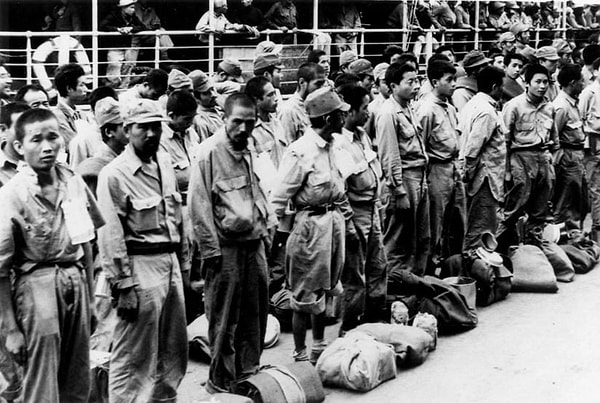
Ishii thought it was important to have many different genetic traits. Moreover, these prisoners included men, women, elderly, children, and even pregnant women. Human limbs were kept in a freezer located in the center, on which the decay process of human flesh was examined. Some of the prisoners were left thirsty until death, and others were shot in the stomach to help doctors improve bullet operations.
Moreover, the torture that occurred was not limited to these.
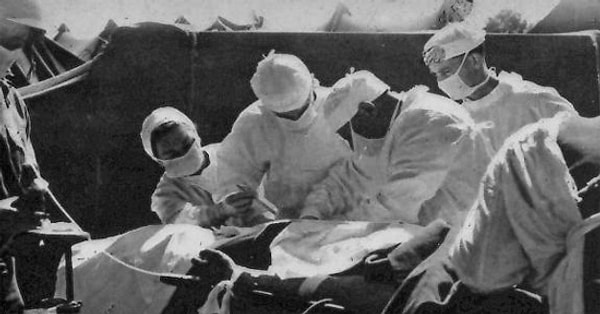
Arms and legs were cut without anesthesia and the effects of injecting sea water into the bloodstream of the prisoners were tested. The liver of some of the people was removed and observed for how long the organ could live outside of the body. In addition, when working on blood loss, people were left with cut limbs and doctors tested how long blood loss would take to kill a person. On the other hand, doctors working on new surgical techniques, for example, pulled out a prisoner's stomach and tied it directly to the intestines, observing if they could live in that way.
An important issue investigated in Unit 731 was how long a person could live in certain situations.
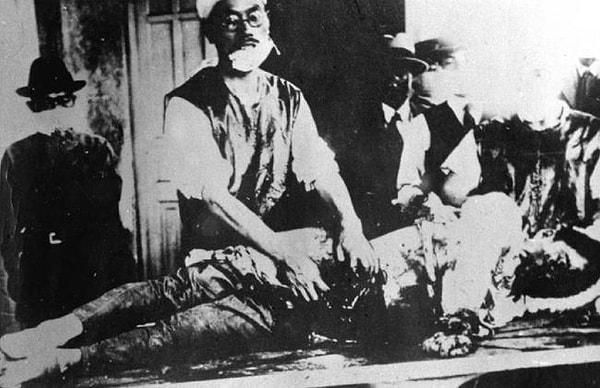
For this, the prisoners were covered in high-pressure chambers, left hungry and thirsty, exposed to x-ray radiation at the deadly levels, burned, exposed to gasses such as phosphorus and chloride, and sometimes buried alive. Another test administered at this center was how long people would live with animal blood injected into their veins.
Prisoners were also used to work on with diseases.
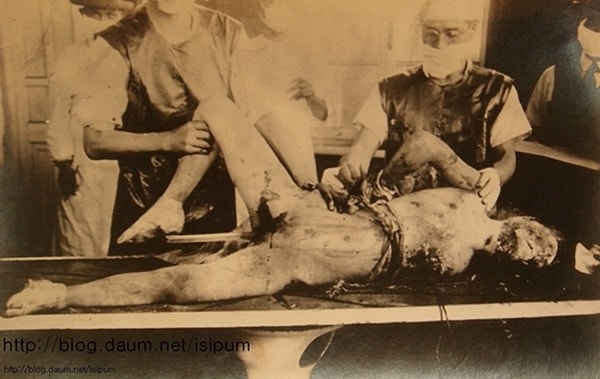
Viruses and bacteria that cause diseases such as the plague, anthrax, cholera, gangrene, typhoid fever, tuberculosis, syphilis, tuberculosis, syphilis, gonorrhea, dysentery, and food poisoning were produced in Unit 731's laboratories and were injected into prisoners. To see the effects they would cause, bombs were detonated near prisoners who were tied up.
Japan used new biological warfare and torture techniques developed in Unit 731 in World War II.
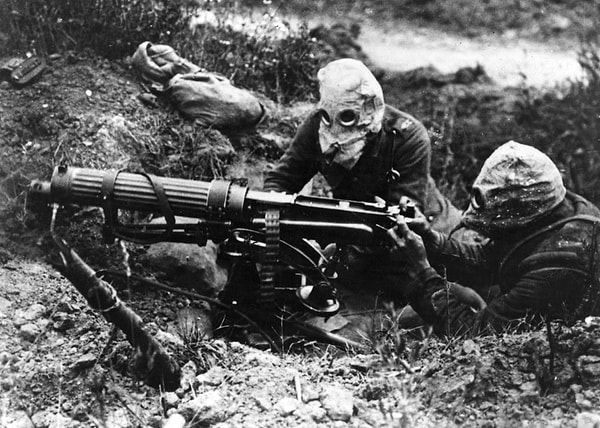
The brutality of Dr. Shiro Ishii and his colleagues were kept secret for years. Thousands of people lost their lives and in the 1980s this massacre took part in the media, Ishii avoided all charges because he'd died on October 9, 1959.
Keşfet ile ziyaret ettiğin tüm kategorileri tek akışta gör!


Send Comment